Washington’s Nelson Dam a Potential Model for Western Dam Removal
New fund will help remove more ‘deadbeat dams’, including Washington's Nelson Dam. Removing the Nelson Dam from the Naches arm of the Yakima River makes ecologic and economic sense.
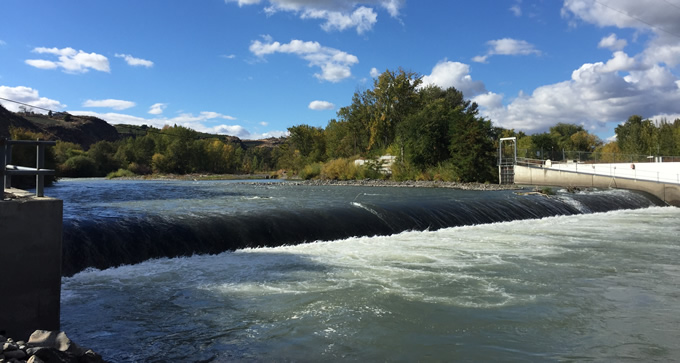
American Rivers supporters know a dam removal is never just about removing a dam.
It’s about restoring habitat within and alongside the river, so wildlife may thrive. It’s about reopening fish passage, creating access to long obstructed spawning, and rearing grounds. It’s about protecting the cultural, tribal, ecological, and recreational values of fisheries. It’s about the economic vitality of communities that rely on recreational tourism, swimming, floating and boating. And it’s about health and safety, removing dangerous obstacles that drown swimmers and boaters, while freeing flows to keep stream temperatures cool and reduce dangerous algal blooms.
There are so many benefits to taking down a dam and restoring a river, but none can be accomplished without community support, a solid plan, and funding. On November 29th, the William and Flora Hewlett Foundation acknowledged this by announcing their Open River Fund, a 10-year, $50 million commitment to “restore river systems and protect priority landscapes in the Western United States.” This new initiative focuses on revitalizing watersheds by removing obsolete, unsafe and unnecessary dams – “deadbeat dams,” in the words of Michael Scott, the Hewlett Foundation’s acting director of environmental programming. The American Society of Civil Engineers reports that more than 4,000 of the nation’s 90,000 dams fit this bill. The Open Rivers Fund will kick off by contributing funds to three dam removal projects that have united communities: the Matilija Dam in Ventura, California, a series of dams and impoundments on the Rogue River system, and the Nelson Dam in Washington’s Yakima River basin.
Nelson Dam
American Rivers has been involved in the Nelson Dam removal discussion for several years, as part of the ongoing Yakima Basin Integrated Plan. Nelson Dam, on the Naches tributary of the Yakima River, was built in the 1920s to divert irrigation water for the City of Yakima and the Naches-Cowiche Irrigation Company. The original structure provided no fish passage and shunted water to its 8,000 users through a series of leaky wood stave pipes. Recent upgrades swapped the diversion to a more efficient system that utilizes just half the historical amount of water, abolishing the need for the eight-foot storage dam.
Yakima County natural resources staff proposed a design that removes the dam and regrades the riverbed, allowing the City of Yakima to divert its water while also permitting sediment transport and fish passage. If done correctly, Nelson could serve as a model for other irrigation diversion dams in the West that block fish and sediment.
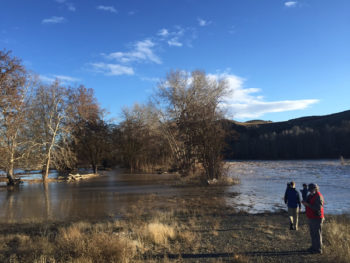
Upstream of Nelson Dam, an intentional levee breach allows floodwaters to slow and spread into sidechannels. | Nicky Pasi
Nelson Dam is also dangerous and damaging. It creates a chokepoint across the Naches River where Highway 12 and a sheer volcanic wall bracket the natural floodplain. Over the past century the dam has held back countless tons of sediment, silt, and gravel, raising the bed of the river enough to ensure the Naches River overflows its banks and threatens the community during even modest floods.
Floodwaters close the highway to emergency services, cut off local residents, and limit access to the nearby Yakima Regional Medical Center. The County and community found themselves trapped in an expensive cycle of building levees, losing those levees to persistent flood impacts, then faced to constantly rebuild and expand those levees. Eventually the County realized that it was cheaper to buy out the most at-risk floodplain properties and allow the river room to maneuver.
Sediment also blocks the fish ladder that was added to the dam in 1985, rendering it useless for much of the year. What was once tremendously productive off-channel habitat for salmon and steelhead has been barely accessible for more than a century. Removing Nelson will restore sediment transport and fish passage, allow whitewater enthusiasts safe passage along the river, reduce the risk of floods, and create cost savings on infrastructure repairs.
Stakeholder Consensus
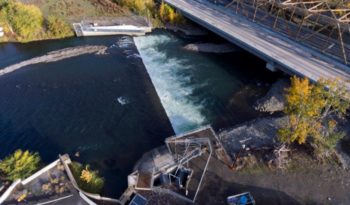
The Nelson Dam is an 8-foot-high diversion dam that sits just upstream of the city of Yakima on the Naches River in Washington. | Justin Clifton
Given its many benefits to multiple stakeholder groups, it’s no surprise that the Nelson Dam removal is a key project of the Yakima Basin Integrated Plan. This watershed-scale resource management plan was created by federal, state, and local government agencies, private water users, environmental partners like American Rivers, Trout Unlimited, and the Wilderness Society, and the Confederated Tribes and Bands of the Yakama Nation. The Yakima Plan has been a tremendously successful collaborative process, and the relationships it created have increased odds of success for individual projects like Nelson Dam.
The Open Rivers Fund will contribute $75,000 toward the reconfigured roughened channel design and the consolidation of two downstream diversions into the existing pipeline. A portion of those funds have been awarded to American Rivers to provide community engagement, outreach and technical assistance.
American Rivers knows that dam removals are never just about the dam. We also know that rivers are our most valuable and vital pieces of infrastructure. Everything – our roads, our railways, our cities – were shaped by rivers, especially in the arid West where 70% of rivers have been dammed or impounded. Letting a river be a river, giving it the space and the freedom to do what a river does, is the best possible use of that infrastructure for all those who rely on its services. It can even cost much, much less than repair and upkeep on dams and levees! We are very pleased and grateful to partner with the Hewlett Foundation through the Open Rivers Fund to allow the Naches its breathing room.

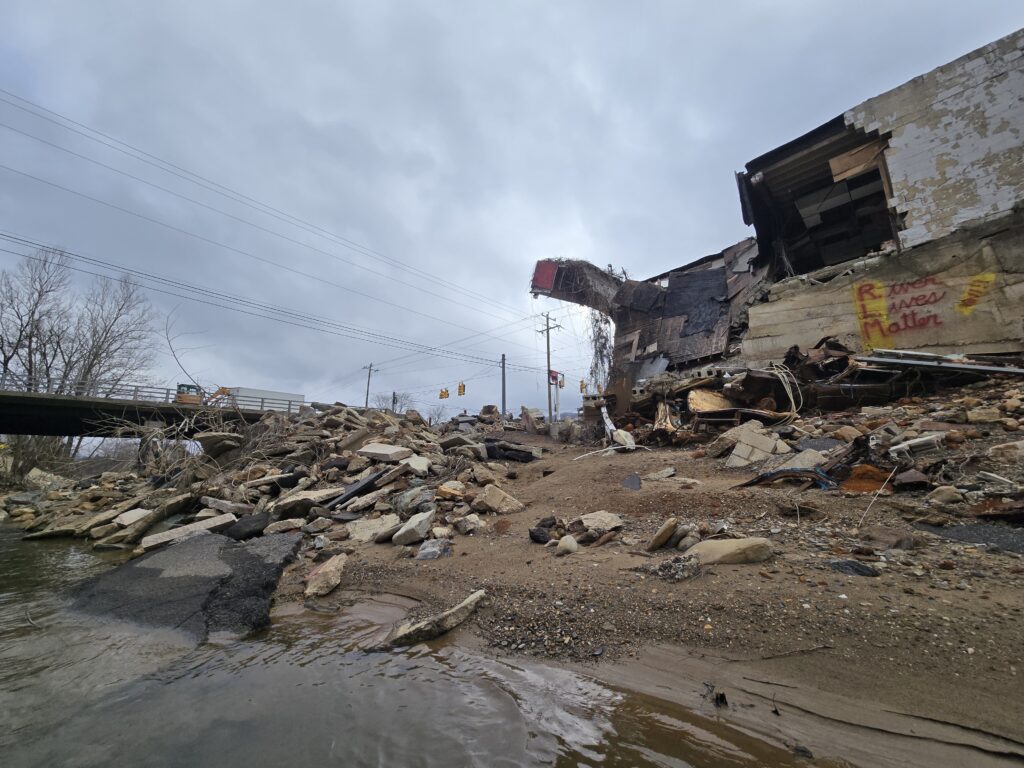
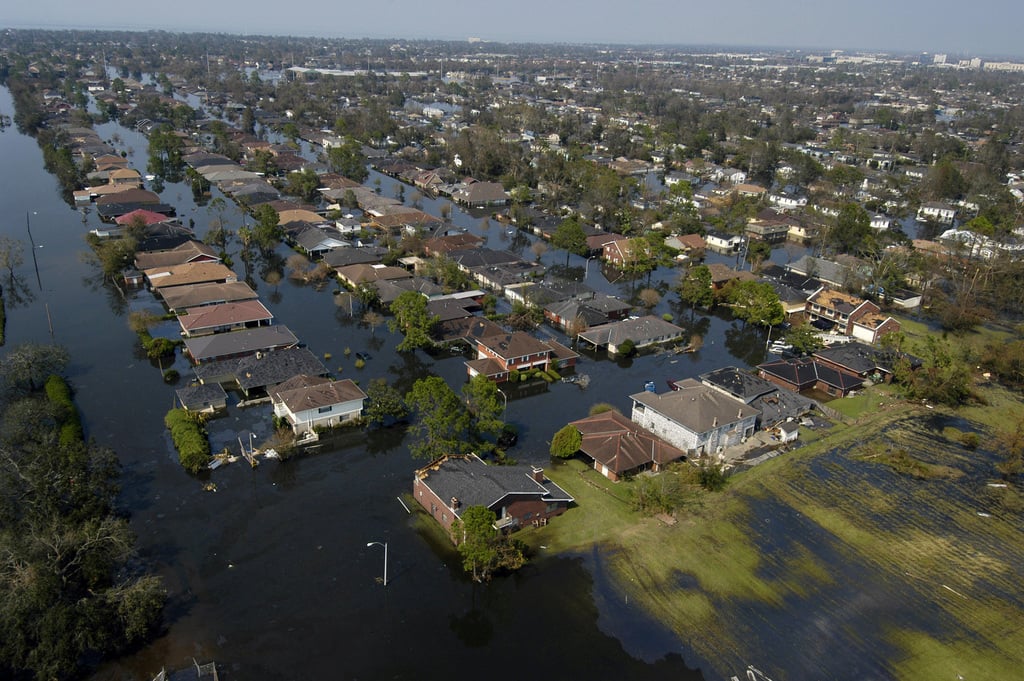
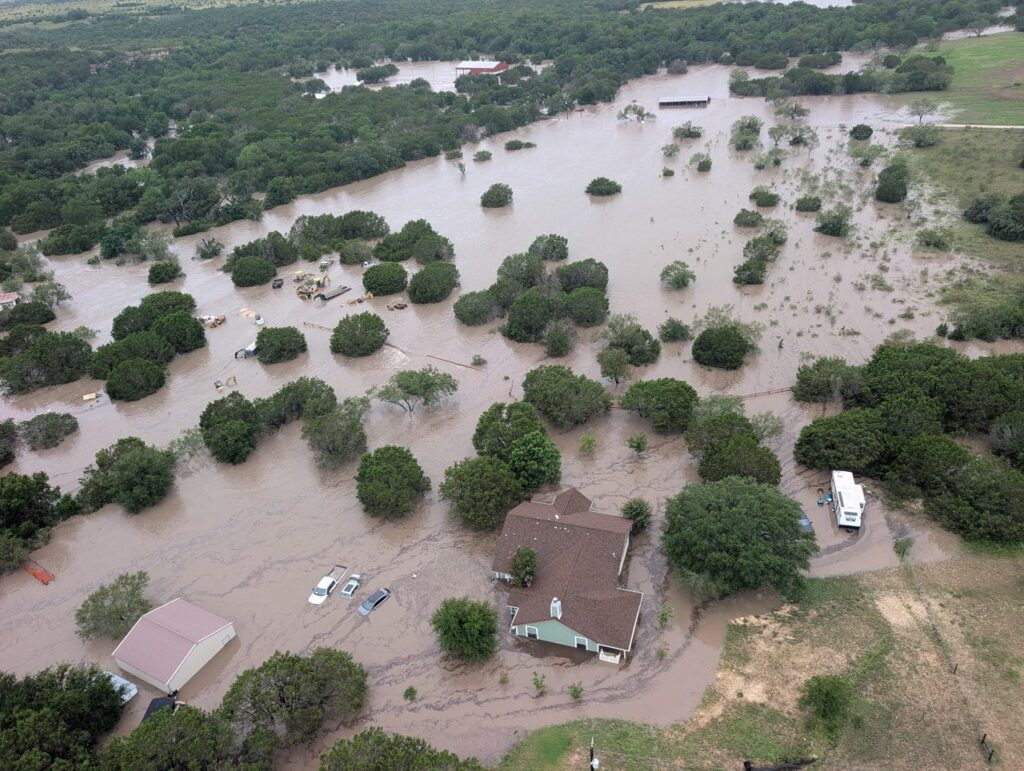
1 response to “Washington’s Nelson Dam a Potential Model for Western Dam Removal”
Wonderful work! Has your organization let Yakima county know about your intentions to donate 75K ? The commissioners wrote in today’s local paper they can’t do this without additional funds.